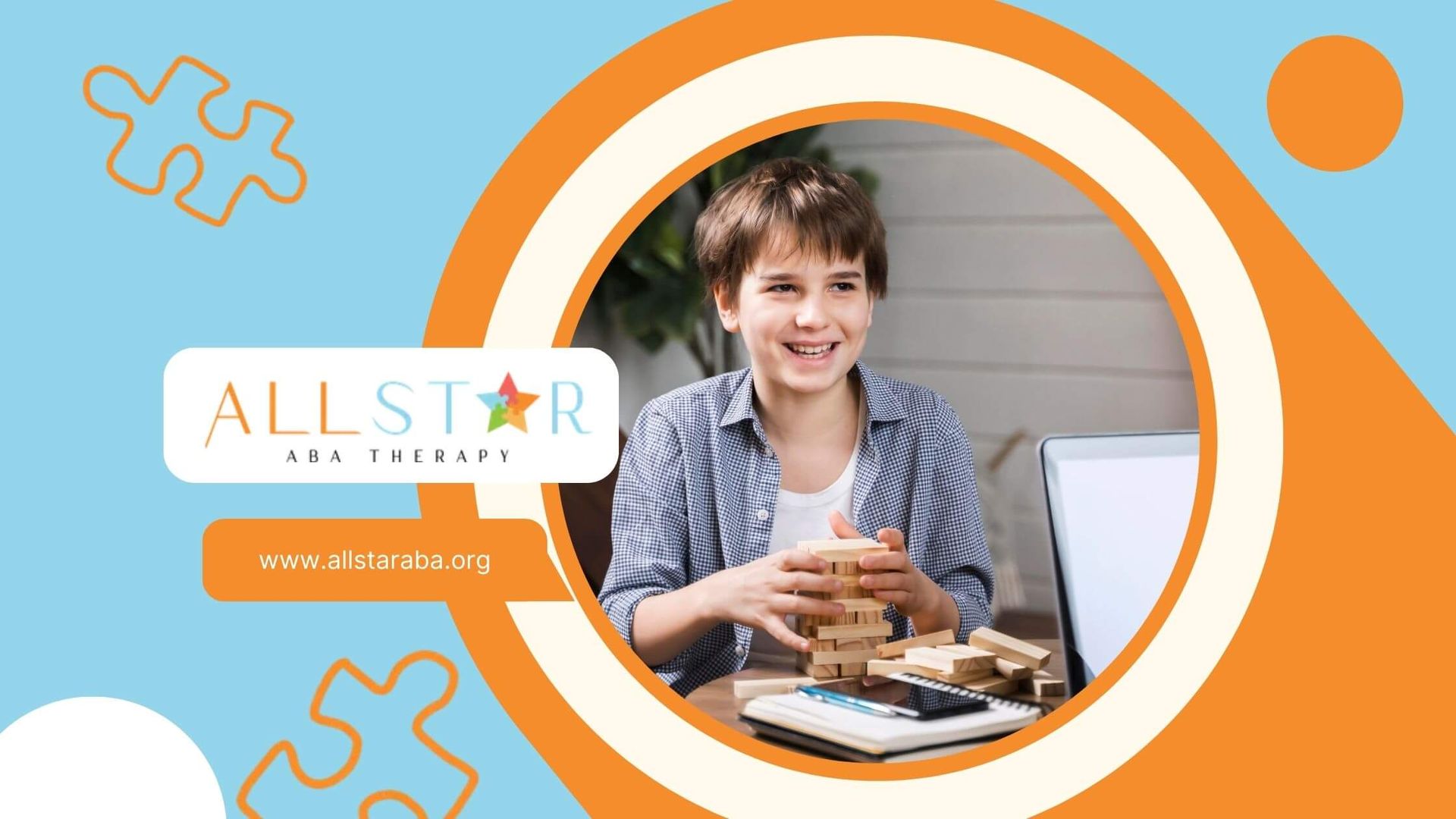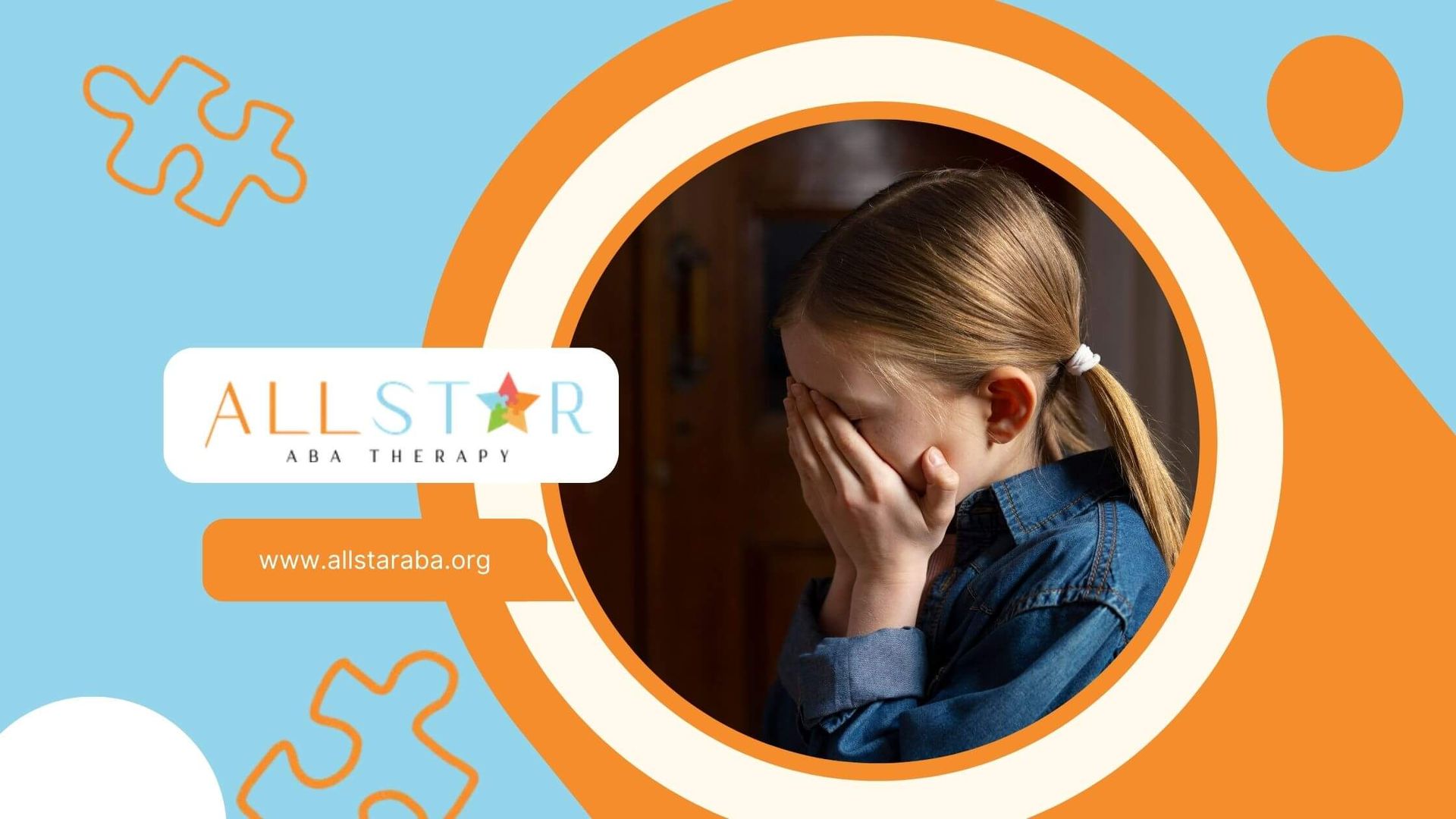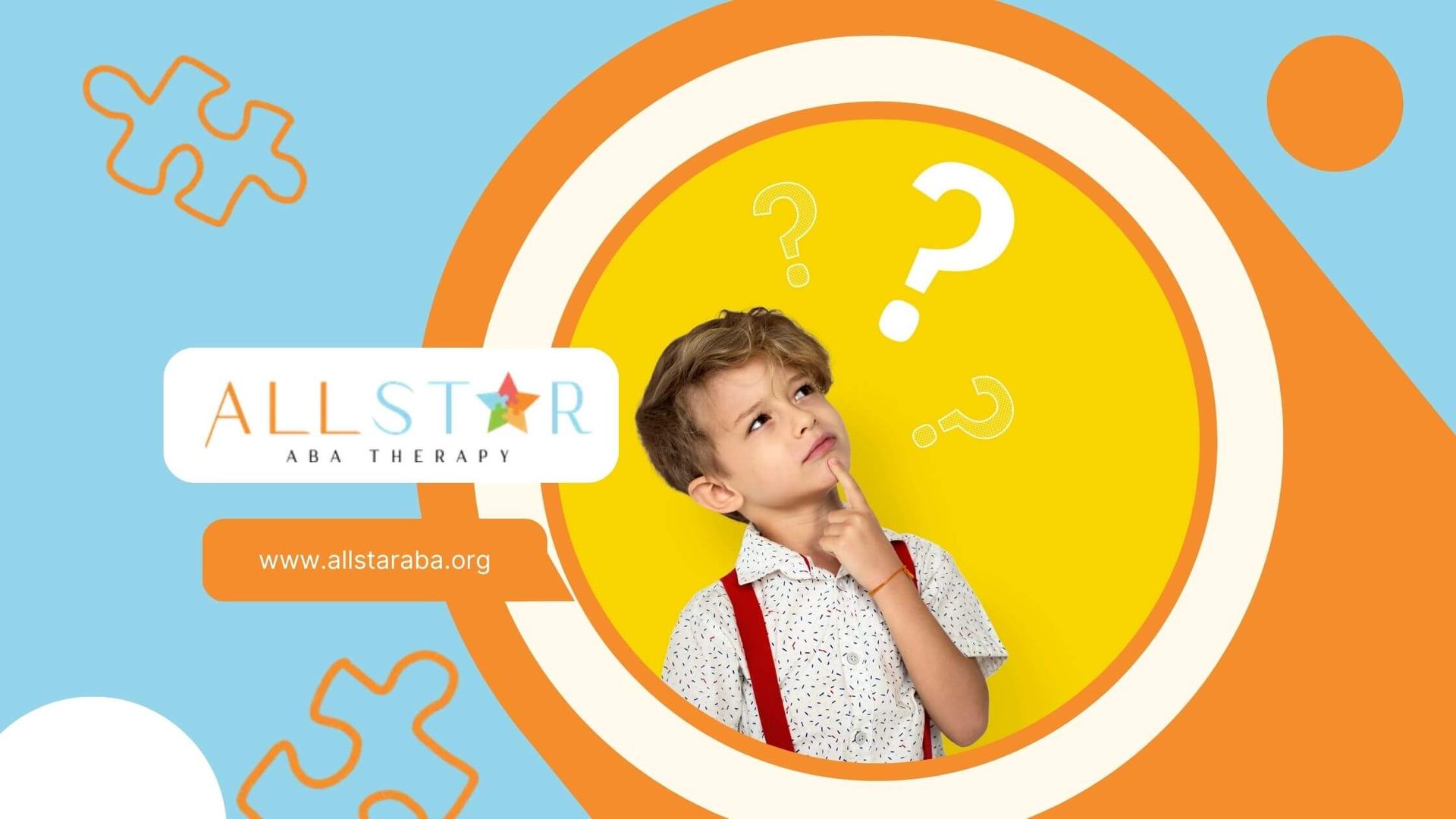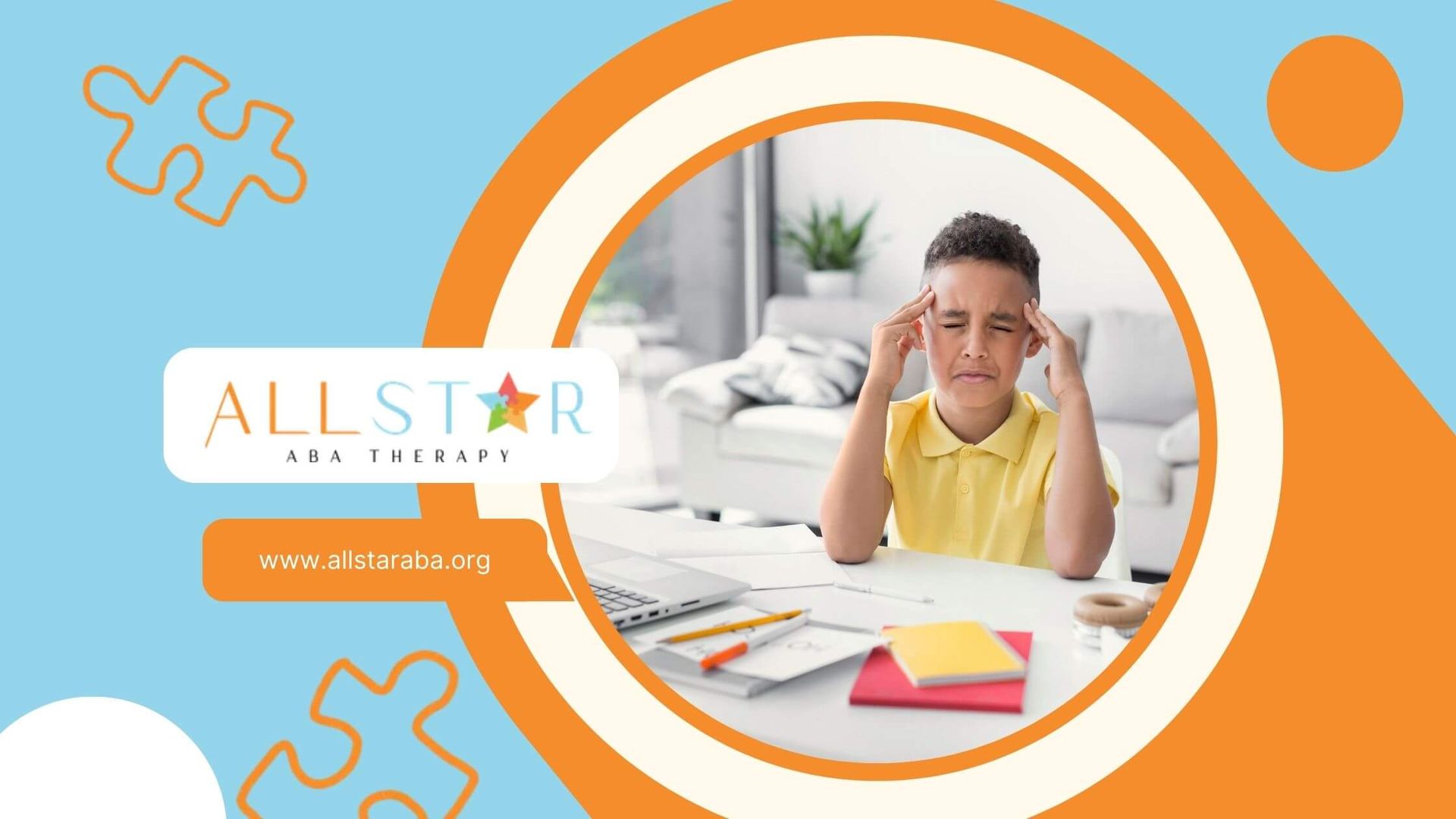New Paragraph
Unveiling Autism Origins: Born With It or Does It Develop?
The question of whether individuals are born with autism or if it develops over time is a complex one, steeped in decades of research, debate, and evolving understanding. Autism Spectrum Disorder (ASD) is a developmental disorder characterized by challenges with social interaction, and communication, and by restricted and repetitive behavior. This article aims to delve into the current scientific consensus regarding the origins of autism, examining genetic, environmental, and neurological factors that contribute to its development.
The Genetic Blueprint of Autism
Research overwhelmingly supports the idea that genetic factors play a crucial role in autism. Studies involving twins have shown that if one identical twin is diagnosed with autism, the likelihood of the other twin also being on the spectrum is significantly higher compared to fraternal twins. This strong genetic link suggests that in many cases, the potential for autism is present from birth.
However, the genetic story of autism is not straightforward. Autism is considered a polygenic condition, meaning it's influenced by the interaction of many genes rather than being attributable to a single gene mutation. Moreover, genetic predispositions do not guarantee the development of autism; they simply increase the likelihood.
The Role of Environmental Factors
While genetics lay the foundation for autism, environmental factors can influence whether and how autism traits manifest. These factors include but are not limited to:
- Prenatal conditions: Certain conditions during pregnancy, such as maternal infections, exposure to toxins, or extreme stress, have been linked to a higher risk of the child developing autism.
- Age of parents: Research indicates that children born to older parents may have a higher risk of autism, although the reasons for this are still being studied.
- Birth complications: Complications during birth that lead to oxygen deprivation to the baby's brain have been associated with a higher risk of ASD.
It's crucial to note that "environmental" refers not just to pollution or toxins but to any external factors outside of the genetic code that might influence development before or after birth.
Debunking Myths: Vaccinations and Parenting
It's essential to address and debunk the myths surrounding the causes of autism. Extensive research has shown no causal link between vaccinations and autism. These misconceptions can lead to harmful outcomes, including decreased vaccination rates and increased health risks for all children.
Similarly, outdated notions that parenting styles or emotional warmth can cause autism have been thoroughly discredited. These beliefs not only lack scientific backing but also add unnecessary guilt and stress to parents already navigating the complexities of raising a child on the autism spectrum.
Neuroplasticity and Autism
Recent research into neuroplasticity—the brain's ability to reorganize itself by forming new neural connections—offers hope for interventions at any age. While early intervention is key, the brain's ongoing ability to adapt means that therapeutic interventions can make meaningful impacts well into adolescence and adulthood. This understanding reinforces the value of continuous support and therapy tailored to the evolving needs of individuals with autism.
The Spectrum of Development
Autism is described as a spectrum disorder for a reason: its manifestations are incredibly diverse, and individuals with autism can have a wide range of abilities, challenges, and needs. This diversity reflects the complex interplay of genetics, environmental factors, and neurodevelopmental pathways involved in autism. It also underscores the importance of personalized approaches to support and intervention.
Tailored Therapeutic Interventions: Beyond ABA
While Applied Behavior Analysis (ABA) therapy stands as a cornerstone in autism intervention, it's important to recognize the role of complementary therapies tailored to the individual's needs. These might include:
- Occupational Therapy (OT): Focuses on improving fine motor skills, sensory integration, and daily living skills, aiding individuals in becoming more independent.
- Speech and Language Therapy: Essential for those with speech delays or communication challenges, this therapy helps in developing verbal, nonverbal, and social communication skills.
- Physical Therapy: Aids in improving gross motor skills and overall physical fitness, which can be beneficial for individuals with autism who may have motor development delays.
The Role of Technology in Autism Support
Innovations in technology offer new avenues for supporting individuals with autism. From communication apps that aid in language development to virtual reality scenarios that help practice social skills in a controlled environment, technology can be a powerful tool in personalized therapy and support.
Advocating for Comprehensive Support Systems
Effective support for individuals with autism extends beyond therapy and includes advocating for comprehensive support systems that address educational, medical, and social needs. This involves ensuring access to a range of therapies, inclusive education settings, vocational training for adults, and ongoing research into the most effective interventions.
Shifting Societal Perceptions
To support individuals with autism effectively, a societal shift in perception is necessary. Autism should not be viewed solely in terms of deficits but also as a different way of experiencing the world, with unique strengths and contributions. Societal acceptance and inclusion can significantly impact the well-being of individuals with autism and their families. This includes promoting autism-friendly environments in schools, workplaces, and public spaces, and fostering a culture of understanding and acceptance.
The Path Forward: Support and Understanding
Understanding the origins of autism is not just an academic exercise; it has real-world implications for how society supports individuals on the spectrum and their families. This includes advocating for inclusive education, access to therapeutic services, and societal acceptance and understanding.
Early Signs, Diagnosis, and the Journey Ahead
Understanding the early signs of autism and pursuing a timely diagnosis can open the door to critical early intervention services. However, the journey doesn't end there. Continuous evaluation and adjustment of therapeutic approaches are essential as individuals grow and their needs change.
All Star ABA: A Partner in the Journey
At All Star ABA, we understand the multifaceted nature of autism and the importance of a supportive, inclusive approach to therapy. Our commitment to providing individualized, evidence-based ABA therapy is just the beginning. We strive to be a resource and partner for families navigating the complexities of autism, offering guidance, support, and a community of care tailored to each child's and family's unique journey.
Understanding autism's origins lays the groundwork for effective support, but it's the ongoing journey of learning, adaptation, and growth that shapes each individual's potential. As we continue to advance our understanding of autism and refine our approaches to intervention, the goal remains clear: to empower individuals with autism to lead fulfilling lives and to enrich society with their unique perspectives and talents. At All Star ABA, we're honored to be part of this journey, offering our expertise, compassion, and commitment to families and individuals on the autism spectrum.
Need Support?
We're Here to Help!
Our experienced team is ready to assist you. Reach out today to discuss how we can support your child's development and well-being.
Get started with expert ABA therapy today.








